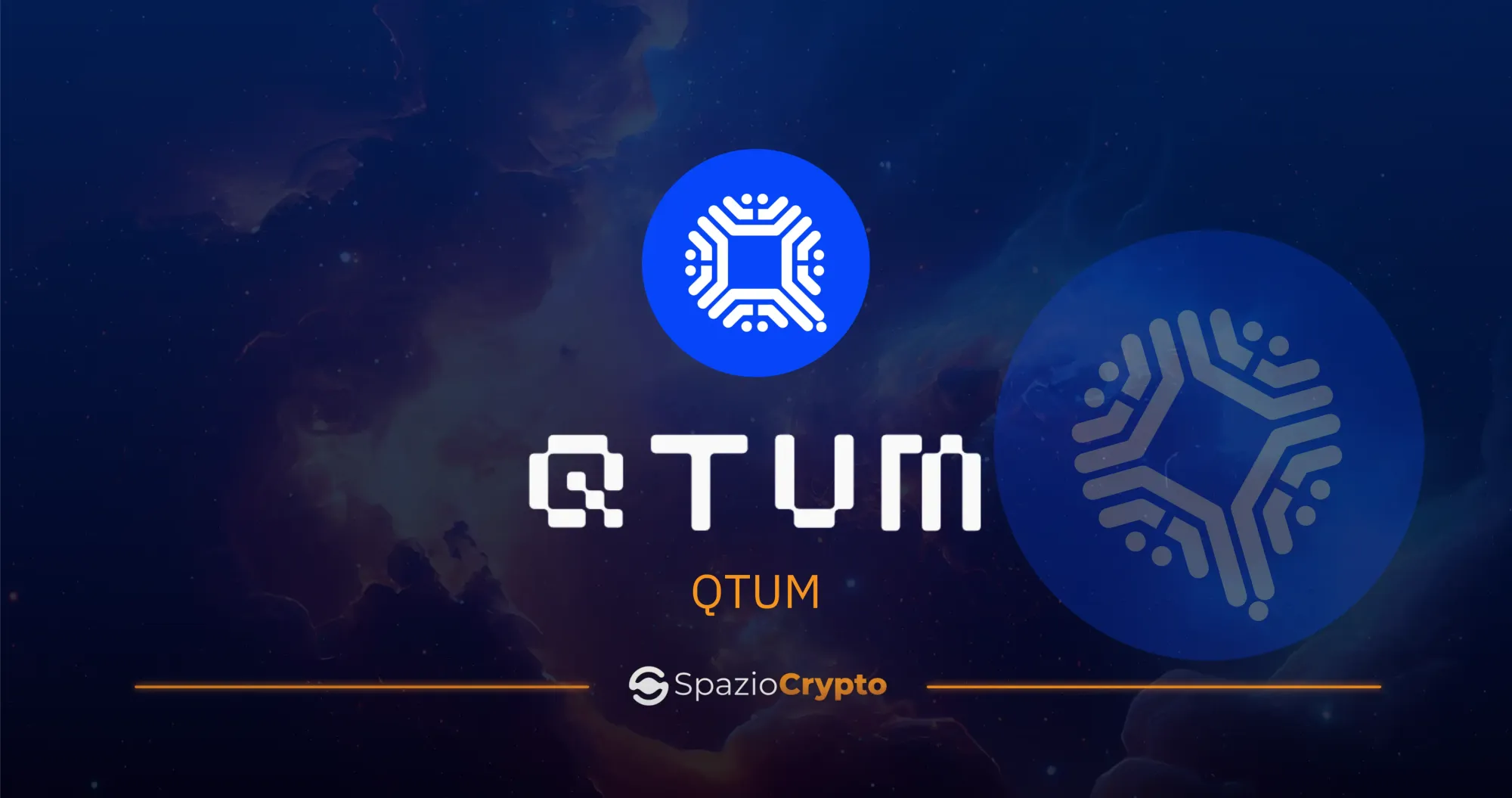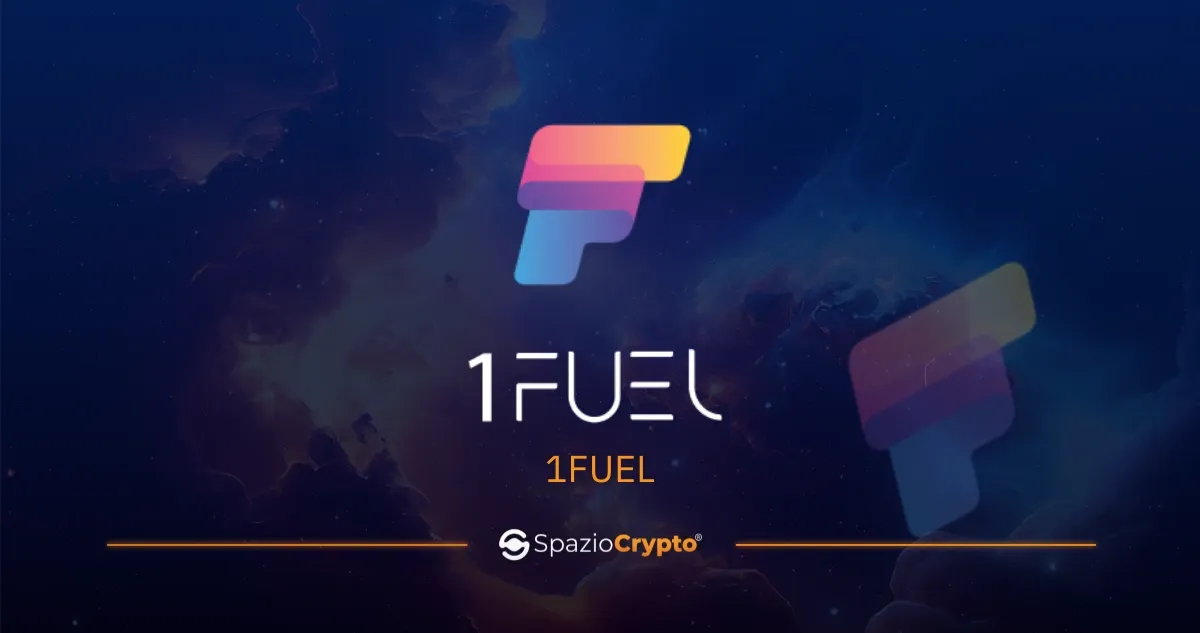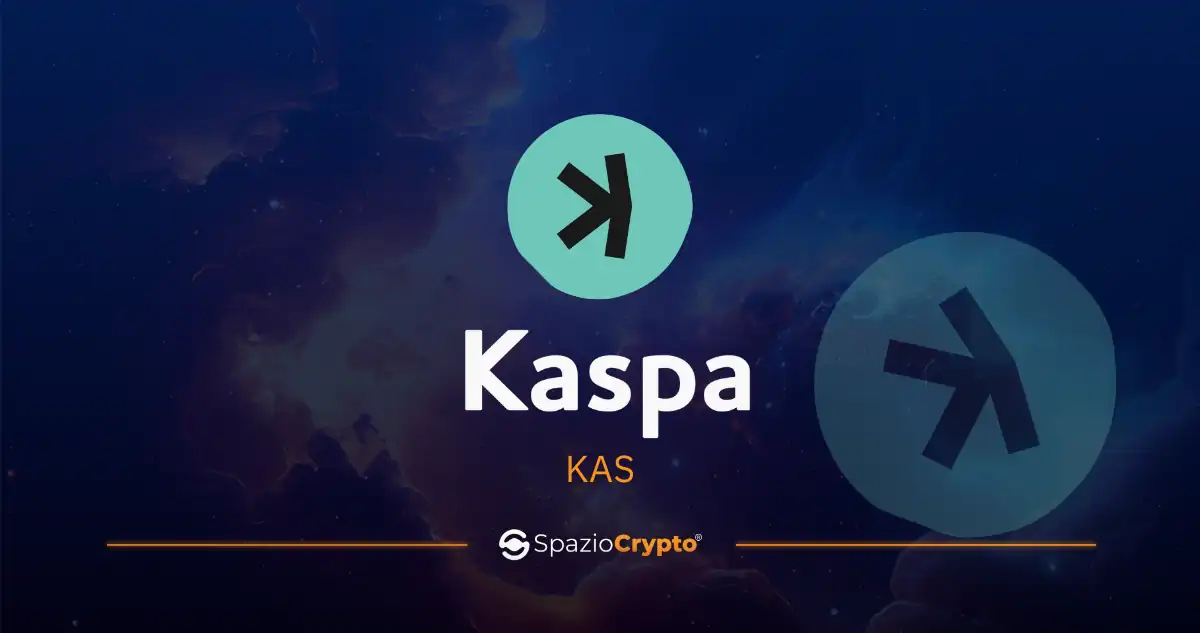The world of cryptocurrencies is a strange one.
You start from scratch, then you frequent this blog and, guide after guide, one news item at a time, you start to understand something of how it works.
Until quantum mechanics comes into play. There's trouble.
But wait, don't throw it all away: what I want to do in this article is tell you what Quantum is and how it works, through quantum mechanics.
And who knows, maybe after reading this article you'll not only want to learn more about the crypto world, but you'll also start to take an interest in quantum physics.
Shall we give it a try?
One look at quantum mechanics
First of all, I want to put your mind at ease.
You won't find any strange mathematical formulas here that will turn your brain inside out. This article is still about blockchain
But it is curious how a blockchain called 'Quantum' really has so much in common with the principles of quantum mechanics. And to really understand it in depth, perhaps we should take a leap into the singular world of the quanta.
Let's start with two key concepts of quantum mechanics that will come in handy in explaining QTum's functionality:
- Overlapping: in quantum mechanics there is a fundamental law, that of the overlapping of states. It means that a particle can be, precisely, a particle, but also a wave. Yes, simultaneously. In fact, an 'observed' (hence measured) particle behaves as such, but turns into a wave when it is not observed. Of course, it made my head explode the first time too, but that is normal. I refer you to Thomas Young's double-slit experiment, should you be interested;
- Entanglement: this is another key concept for quantum mechanics. It tells us that two particles can be connected even at a distance. In simple words, what happens to one particle, also happens to the other.
As you may have guessed, if you are not familiar with it, quantum physics is a bit like the 'strange' friend of classical physics, the one we experience every day.
You don't need a degree to understand how this blockchain works, but as soon as I explain some of its key features, the similarity to the concepts I just told you about will be immediately clear.
What is QTum and how it works
First of all, Quantum (or QTum, its abbreviation) was born in 2017, practically the day before yesterday.
And yes, it is promising. But let the numbers speak for themselves: in fact, at launch 10,000 Bitcoins and 72,000 Ether were collected. Today, one Bitcoin is worth about 56,000 euros, and one Ether about 2,500. You can take your calculator and do the calculations at your leisure.
In a rather ironic way, QTum is referred to as the 'Chinese Ethereum', not because of the dubious quality that - alas - characterises products of Chinese origin, but because its team is predominantly composed of Chinese people.
Patrick Dai, founder and CEO of QTum, has in-depth experience in the world of cryptocurrencies and blockchain, and worked (albeit briefly) at Alibaba, before dedicating himself to this project.
Neil Mahi is instead the co-founder and Chief Blockchain Architect of QTUM. With his 20 years of experience as a software developer and engineer, and over 5 years of specific experience in the blockchain industry,
he has played a truly pivotal role in the realisation of QTum's architecture.
QTum's goal seems simple enough: to create a hybrid blockchain platform that combines the security of Bitcoin's blockchain with the flexibility of Ethereum's smart contracts, making the technology more accessible and versatile for businesses and developers.
How does he achieve this? For this, let's pick up on the info I gave you about Quantum.
- Superpositioning: Quantum connects the Bitcoin blockchain to the Ethereum blockchain, overlaying their underlying technologies to create an ultra-performing result, leveraging Bitcoin's security and Ethereum's functionality.
- Entanglement: the idea here is that, just as two entangled particles are connected, different blockchains using QTum can be securely and interactively connected, exchanging information and transactions across different platforms.
A little bit of Bitcoin...
What QTum exploits about Bitcoin is the UtXO (Unspent Transaction Output) model, i.e. that part of a blockchain transaction that has not yet been used as input in a subsequent transaction.
The alternative is the outdated and trivial account-based model, which, just as the name suggests, is quite similar to a bank account balance.
So what are the advantages?
- Security: the account-based model risks double counting transactions based on the network's consensus and synchronisation protocol. The UTXO model, on the other hand, allows each individual unit of value in the blockchain to be tracked and verified, ensuring that there are no duplicate transactions or double spending;
- Parallelism: an account-based model predicts that each transaction can only be performed sequentially. Instead, each UTXO can be used only once, facilitating parallelism in transactions and being able to carry out multiple transactions simultaneously;
- Transparency: the UTXO makes it easier to track transaction history and transparently verify amounts spent.
...and a little bit of Ethereum
Just say smart contracts to explain what QTum exploits of Ethereum.
One of Ethereum's main innovations was in fact the introduction of smart contracts, which allow autonomous and self-executing codes to be executed directly on the blockchain.
All of this is based on the Ethereum Virtual Machine (EVM), a platform already used for Ethereum development and which allows developers to use it in the same way on QTum.
And, go figure, they even share the same code, solidity, with which smart contracts are made.
A friend for mobile
If QTum is a huge success and expectations are high, there must be a reason.
Of the many that I have already mentioned, one is surely that of being mobile friendly, giving the possibility of facilitating the execution of transactions and smart contracts also on mobile devices.
All this in spite of many other blockchains that, on the contrary, require a great deal of computing power to execute complete nodes and manage smart contracts.
And all this thanks to 3 truly unique features:
- "Light Client" architecture (SPV - Simplified Payment Verification): QTUM uses the SPV protocol that allows mobile devices to verify transactions, without having to execute a full blockchain node;
- You write Qtum Core Mobile App, you read "even from the couch": There is in fact an official mobile app, called Qtum Core, which allows users to send, receive and staking their QTums directly from their smartphone;
- PoS consensus and 'easy mining': remember when you had to harness entire farms to mine Bitcoin? Well, now you can stack your QTums directly from your smartphone, being able to earn rewards (as per the Proof of Stake protocol) directly from your mobile device: just keep an active wallet.
What to expect from QTum?
Quantum physics is taking its steps, and the scientists who study and experiment with it aim to better understand the universe. It would be really nice to witness the unification of classical physics and quantum mechanics, a link that is still missing to this day.
In the same way, we can also expect great news from QTum, which, although a relatively recent project, given its initial success, really holds all the cards to become one of the most important in the crypto world.
But what's cooking in the pot, then?
- QTUM Bridge: one of the main novelties undoubtedly concerns the development of the QTUM Bridge, which will allow tokens to be transferred from Ethereum to QTUM and vice versa, with a focus on USDC, the popular stablecoin. And this will have direct impacts on the DeFi (decentralised finance) world by increasing liquidity and facilitating interoperability between different blockchains;
- Integration with MetaMask: another noteworthy development is the MetaMask Snap Integration, which will allow users to interact with the bridge and manage their ERC-20 assets directly from MetaMask, facilitating (and not a little) the adoption of DeFi functionality on QTum;
- Introduction of the Segregated Witness protocol: thanks to this protocol (an upgrade of Bitcoin in 2017), QTum will be able to increase scalability, security and compatibility with other technologies, such as off-chain payments, contributing to the development of the ecosystem.
In short, we are going to see a lot. Summarising to the extreme, we can say that one of QTum's rebound objectives is also to bring more users closer to the world of cryptocurrencies and decentralised finance, creating an ecosystem that promises to be very promising indeed.
But you know, the pitfalls in this world are many. Like so many other projects, QTum has also had to face considerable challenges, such as leaving the Chinese market, which has increasingly tightened the screw around the cryptocurrency market in recent years. Nonetheless, it has never had to overcome any major legal hurdles (right, SEC?).
All we can hope for is that the project continues to thrive, continuing, as it has from the start, to collect consensus.








